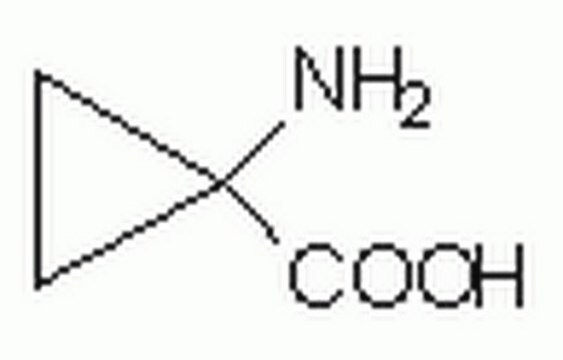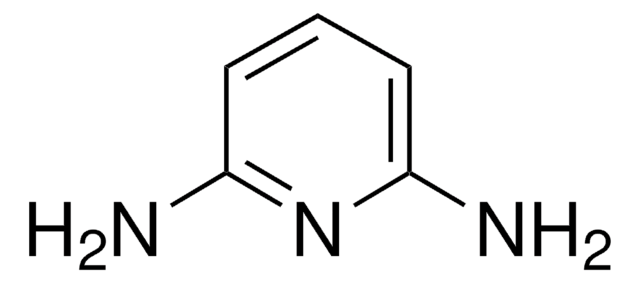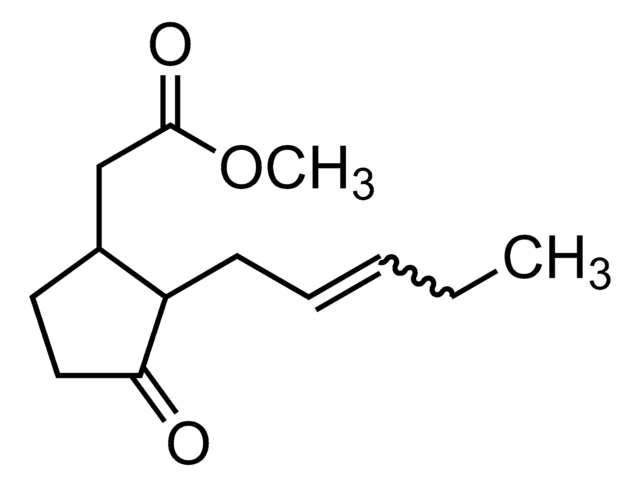A3903
1-Aminocyclopropanecarboxylic acid
≥98% (TLC), powder, NMDA agonist
Sinonimo/i:
ACC, ACPC
About This Item
Prodotti consigliati
product name
1-Aminocyclopropanecarboxylic acid, ≥98% (TLC), powder
Livello qualitativo
Saggio
≥98% (TLC)
Forma fisica
powder
Condizioni di stoccaggio
(Keep container tightly closed in a dry and well-ventilated place.
Keep in a dry place.)
Colore
white
Punto di fusione
229-231 °C (lit.)
Solubilità
water: 49.00-51.00 mg/mL, clear, colorless
Stringa SMILE
NC1(CC1)C(O)=O
InChI
1S/C4H7NO2/c5-4(1-2-4)3(6)7/h1-2,5H2,(H,6,7)
PAJPWUMXBYXFCZ-UHFFFAOYSA-N
Informazioni sul gene
human ... NARG2(79664)
mouse ... NARG2(93697)
rat ... LOC686240(686240) , NARG2(691379)
Cerchi prodotti simili? Visita Guida al confronto tra prodotti
Descrizione generale
1-Aminocyclopropanecarboxylic acid (ACC) is a non-proteinogenic amino acid and is a member of 1-aminocycloalkanecarboxylic acids.
Applicazioni
Azioni biochim/fisiol
Anticorpo
Prodotti correlati
Codice della classe di stoccaggio
11 - Combustible Solids
Classe di pericolosità dell'acqua (WGK)
WGK 3
Punto d’infiammabilità (°F)
Not applicable
Punto d’infiammabilità (°C)
Not applicable
Dispositivi di protezione individuale
dust mask type N95 (US), Eyeshields, Gloves
Certificati d'analisi (COA)
Cerca il Certificati d'analisi (COA) digitando il numero di lotto/batch corrispondente. I numeri di lotto o di batch sono stampati sull'etichetta dei prodotti dopo la parola ‘Lotto’ o ‘Batch’.
Possiedi già questo prodotto?
I documenti relativi ai prodotti acquistati recentemente sono disponibili nell’Archivio dei documenti.
I clienti hanno visto anche
Il team dei nostri ricercatori vanta grande esperienza in tutte le aree della ricerca quali Life Science, scienza dei materiali, sintesi chimica, cromatografia, discipline analitiche, ecc..
Contatta l'Assistenza Tecnica.







